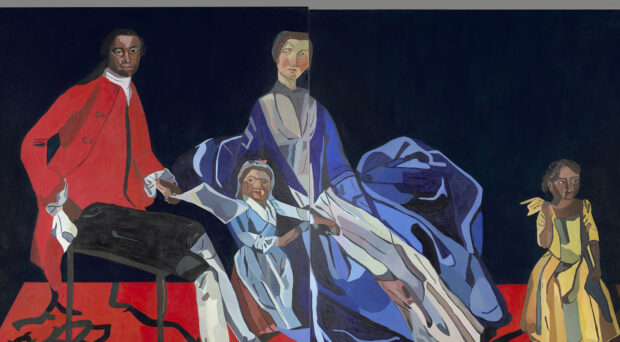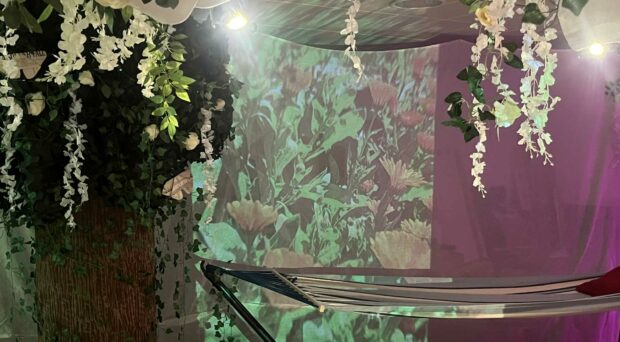For the last year, the Museum of Zoology has invited the public to chat to museum animals in an innovative AI experiment. What has the Museum learnt?
Since October 2024, visitors have been able to ‘chat’ with 13 specimens in the Museum of Zoology, from the dodo and the fin whale to a cockroach or a butterfly. You simply scan a QR code next to the specimen to start a conversation.
The project was set up in partnership with the company Nature Perspectives, working with the Museum’s Assistant Director Jack Ashby and Senior Learning and Engagement Coordinator Roz Wade.
It is believed to be the first time a museum has used generative artificial intelligence to enable visitors to chat with first-person simulations of objects on display.
To mark one year of the experiment, we spoke with Abhik Palit from Nature Perspectives to understand the impact of the experiment, how visitors have engaged with the specimens, and whether this has helped to strengthen our connection with the natural world.
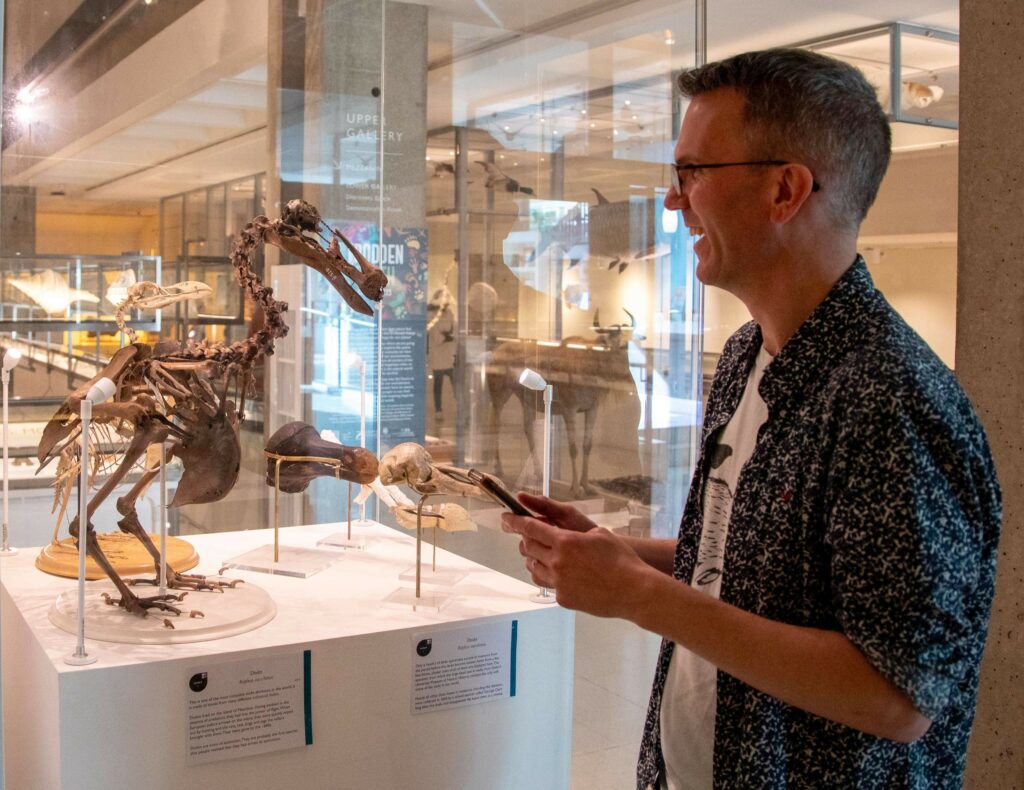
“Made me feel a lot more interested in finding out more about the animal plus made me more curious – I felt like I discovered my inner child!” – Visitor feedback
What is Nature Perspectives and why did you want to work with the Museum of Zoology?
Abhik Palit, Nature Perspectives (AP): Nature Perspectives was founded by former students of the Masters in Conservation Leadership at the University of Cambridge. The course is based at the David Attenborough Building, which also houses the University Museum of Zoology. As students, we spent many a day walking through the galleries with classmates having discussions about the wonders of the natural world, our relationship with them and how we can conserve it for our future generations. Through Nature Perspectives we aim to foster profound connections and promote nature’s agency in society by facilitating meaningful conversations with the natural world.
While building Nature Perspectives, we identified museums as a great starting point since they have always been spaces where people come to learn and connect with natural history, and since the insights and added value we can bring to museums is immense. The Museum of Zoology came to mind as an ideal candidate which was close to our heart, mission aligned and active in research.
Jack Ashby, the Museum’s Assistant Director (JA): This is an amazing opportunity for people to test out an emerging technology in our inspiring Museum setting, and we also hope to learn something about how our visitors see the animals on display.
Our whole purpose is to get people engaged with the natural world. So we’re curious to see whether giving visitors the chance to chat with our specimens will help them feel a relationship with them – will the cockroach be better liked, for example, as a result of having its voice heard?
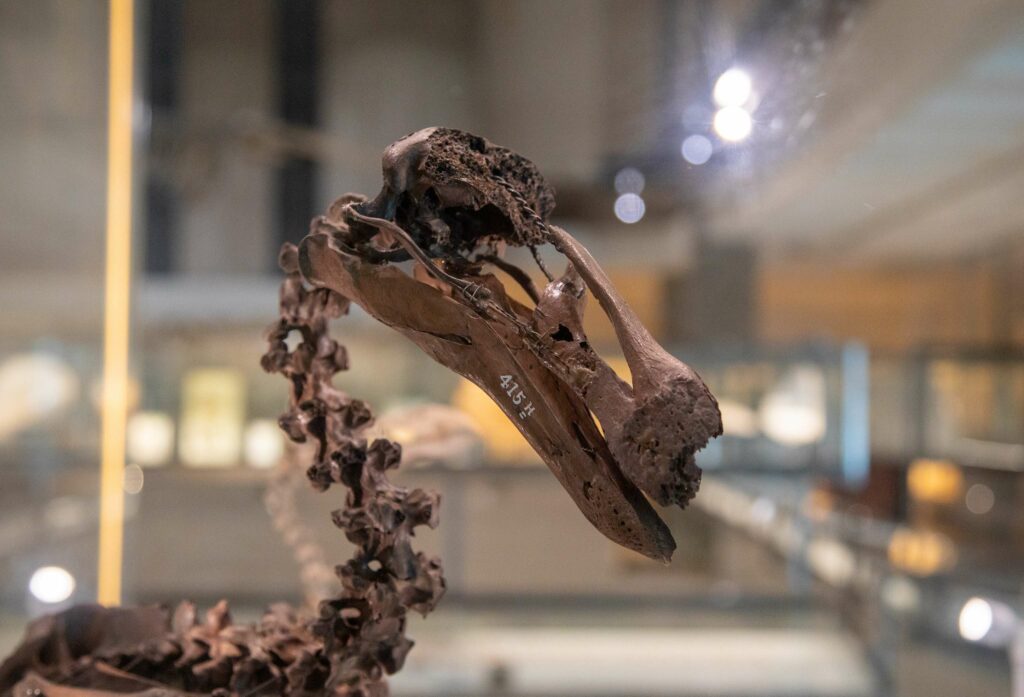
“He made me feel I had a new friend, and the Dodo has a lovely sense of humour .”- Visitor feedback
“I loved it. I liked that the answers were nicely elaborated, with beautiful adjectives and even a bit of wit. I enjoyed being able to ask ‘tough’ questions, like what’s their future, and that responses were not doom and gloom as I expected.” – Visitor feedback
How does the AI work?
AP: The Nature Perspectives platform is aimed to serve museums in meaningfully engaging visitors with specimens. Visitors simply scan a QR code on their own devices, enabling them to have first-person conversations with AI simulations of the museum’s exhibits.
Behind the scenes, the conversations are driven by a fine-tuned large language model (LLM) which ensures that the simulations are engaging, scientifically grounded and represent nature respectfully, enabling the dialogue to foster empathy and understanding. We bring each exhibit alive by curating their ‘digital mind’ by giving them memories based on their real histories, distinctive speech patterns, scientifically-informed personality and other aspects which make them and the conversations distinct and memorable.
Additionally, the simulations are age-adaptive, multilingual and locally relevant, making the interactions accessible and fruitful for a wide variety of visitors.
What input did you need from the Museum to get it going?
AP: To get started, all a museum needs to do is to provide us with the chosen exhibits to simulate and details about them, such as their origins and location in the museum. The Museum of Zoology team had shared provenance details for each exhibit and, where relevant, the personality or interpretive angle they wished the simulation to embody. Finally, we requested the Museum’s priority research questions to ensure the project generated insights directly aligned with those aims.
JA: The specimens were chosen to represent a broad range of animals and to be spread throughout the Upper and Lower Galleries. They include skeletons, taxidermy, models, and whole preserved animals, extinct and endangered species and those that are incredibly common or even have reputations as ‘pests’. The whole thing is an experiment – we want to test how platforms like this might work in museum settings like ours, and to learn what it can tell us about what visitors want to know.
The project has been a whole team effort and involves many Museum staff, from our front-of-house team, who were busy answering questions when it first launched and ensuring that volunteers stay up to date with the experiment, to communications, sharing the project with the public and across the world.

“I felt connected with the animal. These were specimens which I would probably have walked past otherwise and not thought about their lives.” – Visitor feedback
What types of questions are people asking?
AP: Visitors ask a wide variety of questions, from empathetic questions about the experience and perspective of the specimen to classic natural history queries. Our analysis shows the top theme is the entity’s feelings and perspective, followed by physical form and anatomy, and behaviour.
Practical topics such as diet and predation, habitat and range, and life cycle come next with many also asking about conservation status and extinction. We also see steady interest in reproduction and parental care, and evolution, ancestry and classification.
How long are the conversations?
AP: Conversations vary significantly in length with the longest conversation reaching over 200 messages long. The average length of conversations is around eight messages long. Some visitors return to keep chatting from beyond the museum walls, providing a unique opportunity for ongoing engagement.
“Much more enjoyable because I was able to ask all sorts of questions I might not have asked any members of staff in case they thought they were stupid questions, but more importantly I could ask further questions when I did not understand part of the answer e.g. a scientific term or species name I did not know.” – Visitor feedback
How many people have engaged with the project so far?
AP: More than 3,000 distinct visitors from above 150 countries have signed in and had more than 4,700 conversations using Nature Perspectives at the Museum of Zoology. Feedback indicates it’s often a shared experience: 36.5% used the app solo, 45.9% used two people per device, and the remainder had three or more people per device, so the total reach is significantly higher than sign ups to the app.
Of the visitors who filled the feedback form:
- 70.8% indicated that speaking with the specimens significantly improved their overall museum experience.
- An incredible 75.3% of respondents said that speaking to the specimen gave them a better understanding of how the species lived in its natural environment, including its behaviour and lifestyle.
- 80% of respondents said that they would be interested in using the platform to engage with more simulations of specimens in the future with an incredible 57.4% of respondents strongly agreeing with the statement.
- 72.3% said they learnt something from the specimen that they don’t think they would have if it hadn’t been able to speak.
- 65.6% indicated that the conversation made them care more about the animal.
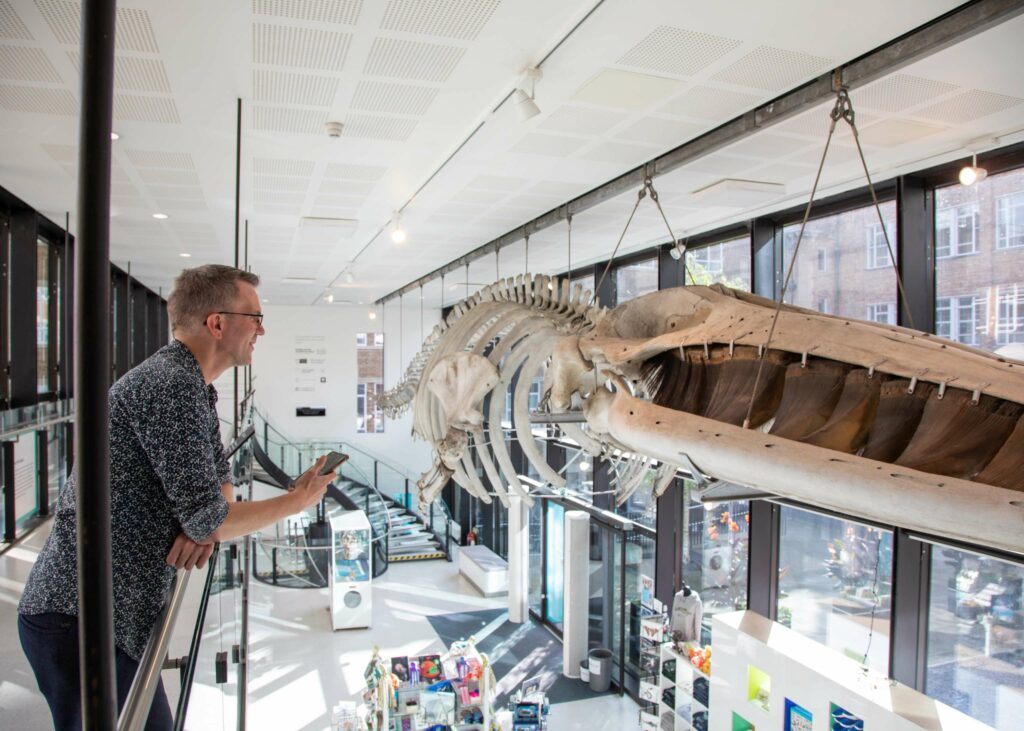
“It was exciting and a great deal of fun. One of the young granddaughters who accompanied me was completely bowled over by the experience and determined to return!” – Visitor feedback
What’s next?
AP: Our collaboration with the Museum of Zoology has been extremely rewarding and a rich learning experience. We learnt that the conversations make visitors engage more deeply, better connect with and learn more about the topics the museum cares about.
JA: We will be looking to evaluate the project soon and once completed we will share our conclusions with the museum sector. We’ve already been getting lots of enquiries from colleagues in other museums who are interested in what’s been happening at the Museum of Zoology.
We have a lot of great, established ways to engage visitors in museums like ours, from fantastic conversations with our volunteers and staff in the galleries, to display labels and online content. What’s clear to me is that this is different to those things – many of the questions visitors ask aren’t the kind they find answers to in other ways. There really are ‘personalities’ behind the specimens they talk to, and asking them questions about how they feel about being extinct, or on display, for example, seems to be a great route into encouraging visitors to think about animals in museums.
Read more about the Nature Perspectives AI experiment.



